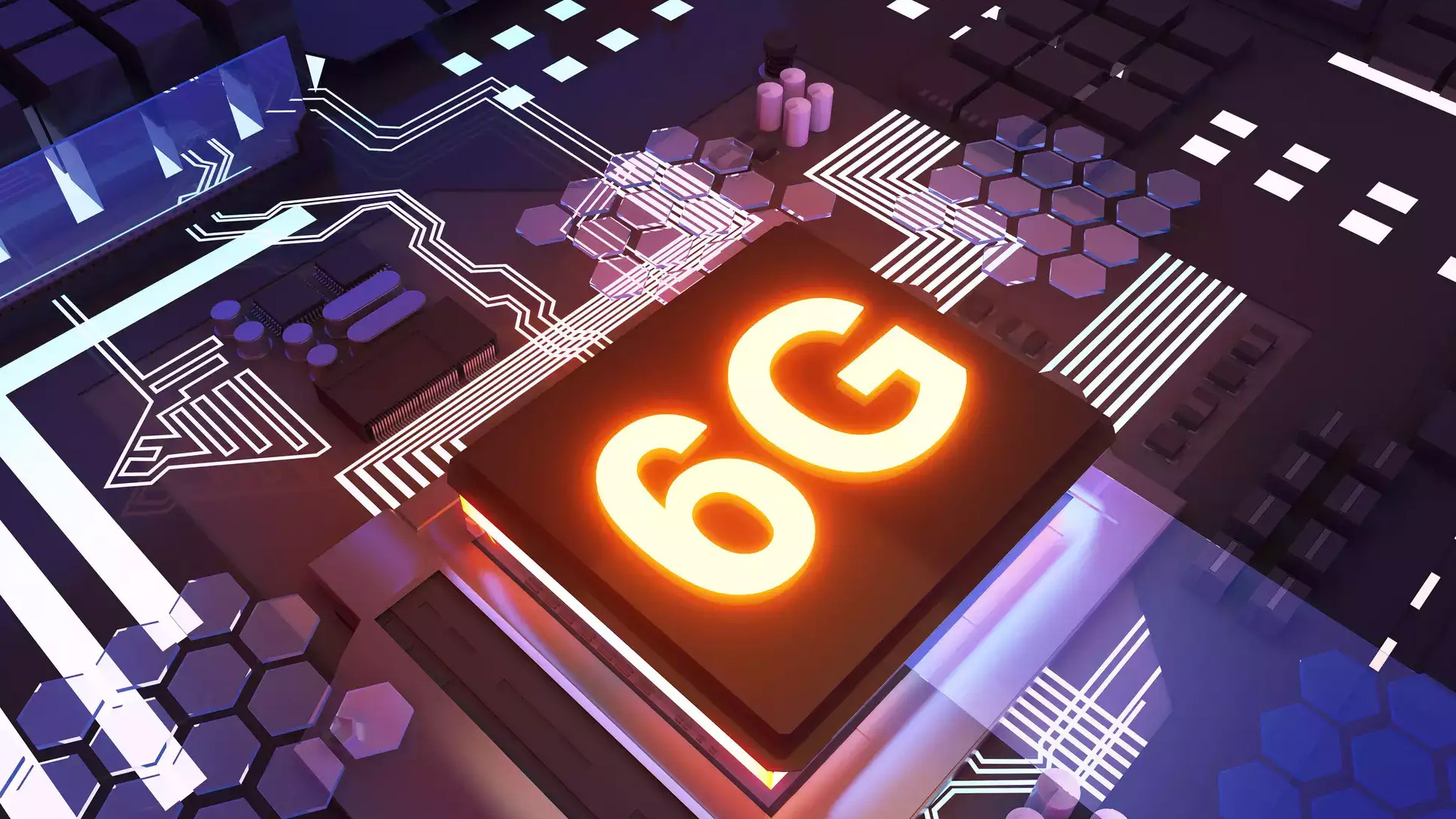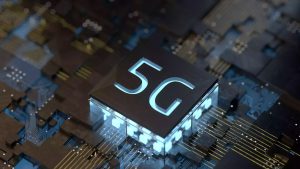Wi-Fi HaLow Connectivity & Backward Compatibility in the GCC

As the digital landscape evolves in 2025, the demand for robust, long-range, and energy-efficient wireless connectivity has never been higher. Enter Wi-Fi HaLow, a transformative standard based on IEEE 802.11ah, designed to meet the unique needs of the Internet of Things (IoT) and beyond. Operating in the sub-1 GHz spectrum, Wi-Fi HaLow promises impressive range, reasonable data rates, and low power consumption—attributes that make it a game-changer for regions like the Gulf Cooperation Council (GCC), where smart cities, industrial IoT, and high internet penetration are driving connectivity innovation. This article delves into the Wi-Fi HaLow standard, its relevance to the GCC, the HaLowLink device tailored for this market, its backward compatibility considerations, its standout range and data capabilities, and its promising future.
Understanding the Wi-Fi HaLow Standard and Its Relevance to the GCC

What Is Wi-Fi HaLow?
Wi-Fi HaLow, introduced by the Wi-Fi Alliance in 2017 and certified as a standard in 2021, operates in the sub-1 GHz frequency band (typically 850–950 MHz, depending on regional regulations). Unlike traditional Wi-Fi standards (e.g., Wi-Fi 6 or 7) that use 2.4 GHz, 5 GHz, or 6 GHz bands for high-speed, short-range connectivity, Wi-Fi HaLow prioritizes range and efficiency over raw speed. It’s tailored for IoT applications, offering a balance between distance, power usage, and data throughput.
- Key Features: Supports channel widths of 1, 2, 4, or 8 MHz (and 16 MHz in some regions), with data rates ranging from 150 Kbps to 32.5 Mbps (or up to 86.7 Mbps with advanced configurations).
- Power Efficiency: Features like Target Wake Time (TWT) enable devices to sleep for extended periods, conserving battery life for years on a single charge.
Why It Matters in the GCC
The GCC—comprising Saudi Arabia, UAE, Qatar, Bahrain, Kuwait, and Oman—is a hotbed of digital transformation. With initiatives like Saudi Vision 2030 and the UAE’s Smart Dubai project, the region is investing heavily in smart cities, IoT, and industrial automation. Wi-Fi HaLow aligns perfectly with these ambitions.
- High Internet Penetration: As of 2025, the UAE boasts 99% internet penetration, and Saudi Arabia is at 94%, creating a fertile ground for IoT proliferation.
- Smart City Growth: Projects like NEOM in Saudi Arabia and Masdar City in the UAE rely on vast networks of connected devices, from sensors to cameras, spanning large areas—exactly where Wi-Fi HaLow excels.
- IoT Surge: The GCC is projected to have 430 million IoT devices by 2030, necessitating scalable, long-range connectivity solutions.
“Wi-Fi HaLow is a natural fit for the GCC’s vision of connected, sustainable urban ecosystems. Its range and efficiency address the region’s unique geographic and technological challenges,” says Dr. Hassan Al-Khalidi, a telecom expert based in Riyadh.
HaLowLink Device: Tailored for the GCC Market
Introducing HaLowLink 1
Launched in December 2024 by Morse Micro in collaboration with GL.iNet, the HaLowLink 1 is a Wi-Fi HaLow access point (AP) designed to unlock the standard’s potential. Built around the AzureWave AW-HM593 module with Morse Micro’s MM6108 chipset, it’s a versatile, plug-and-play device aimed at accelerating Wi-Fi HaLow adoption in markets like the GCC.
- Hardware Specs: Features a MediaTek MT7621A dual-core CPU, dual Gigabit Ethernet ports, USB-C, and support for 1/2/4/8 MHz bandwidths. It also includes a Wi-Fi 4 (2.4 GHz) module for legacy device integration.
- Software: Runs OpenWrt firmware with an intuitive web-based UI and SSH/CLI access, offering flexibility for customization—a boon for GCC ISPs and developers.
Why It’s a Fit for the GCC
The HaLowLink 1 addresses specific GCC needs, from sprawling desert cities to dense urban centers.
- Scalability: Supports up to 8,191 devices per AP, ideal for large-scale IoT deployments in smart cities like Dubai or industrial zones in Qatar.
- Versatility: Acts as an AP, range extender, or bridge for legacy devices via Ethernet or 2.4 GHz Wi-Fi, catering to the GCC’s mix of modern and older infrastructure.
- Cost-Effectiveness: Priced at $99 from distributors like Mouser, it’s an affordable entry point for GCC telecoms like STC or Etisalat looking to test and deploy HaLow networks.
“The HaLowLink 1 simplifies the leap to Wi-Fi HaLow, offering GCC businesses a ready-made solution to connect vast areas without breaking the bank,” notes Alfie Zhao, CTO of GL.iNet.
Backward Compatibility: Bridging the Old and New
Compatibility Challenges
Wi-Fi HaLow isn’t backward compatible with traditional Wi-Fi standards (e.g., 802.11n/ac/ax) due to its sub-1 GHz operation and unique PHY/MAC design. This lack of direct compatibility poses challenges for integrating it into existing networks.
- Frequency Mismatch: Legacy Wi-Fi devices operate at 2.4 GHz and above, unable to communicate natively with HaLow’s 900 MHz band.
- Protocol Differences: HaLow’s focus on low-power, long-range IoT applications diverges from the high-speed, short-range goals of Wi-Fi 6 or 7.
HaLowLink’s Bridging Solution
The HaLowLink 1 mitigates these issues by acting as a gateway between HaLow and legacy networks.
- Dual-Band Support: Its 2.4 GHz Wi-Fi 4 capability connects older devices to a HaLow network, ensuring seamless integration.
- Ethernet Bridging: Wired connections via Gigabit Ethernet ports allow non-HaLow devices (e.g., PCs or smart TVs) to join the network.
- Future-Proofing: As GCC households and businesses upgrade, HaLowLink can transition them to full HaLow ecosystems without abandoning existing hardware.
GCC Context
In the GCC, where many homes and offices still rely on Wi-Fi 5 or 6 routers, this bridging capability is crucial. It allows gradual adoption without immediate, costly overhauls—a practical approach for a region balancing rapid innovation with legacy systems.
Impressive Range and Data Rates
Unmatched Range
Wi-Fi HaLow’s standout feature is its range, exceeding 1 kilometer in typical conditions and up to 3 kilometers in line-of-sight scenarios, as demonstrated by Morse Micro’s 2024 San Francisco field test.
- Physics Advantage: Sub-1 GHz signals suffer less path loss and penetrate obstacles (walls, buildings) better than 2.4 GHz or higher frequencies.
- GCC Applications: Covers vast industrial sites in Oman, sprawling residential compounds in Saudi Arabia, or remote oil fields in Kuwait with fewer access points.
Data Rates: Practical and Scalable
While not competing with Wi-Fi 7’s multi-gigabit speeds, HaLow’s data rates—150 Kbps to 32.5 Mbps (or 86.7 Mbps with 8 MHz channels and multiple spatial streams)—are robust for IoT needs.
- Variability: At 1 km, expect 1-2 Mbps; closer ranges yield higher throughput, supporting HD video or sensor data aggregation.
- GCC Use Cases: Powers smart agriculture in Bahrain (e.g., soil sensors), security cameras in UAE malls, or traffic systems in Qatar’s smart highways.
“Wi-Fi HaLow’s range and data rates strike a perfect balance for the GCC’s diverse needs—connecting remote areas while delivering enough bandwidth for modern IoT,” says Neil McRae, a Wi-Fi engineer at Morse Micro.
Real-World Performance
A 2025 study in rural GCC settings showed HaLow maintaining 1 Mbps at 2 km with a 6 dBi antenna, outperforming LoRaWAN (250 bps–22 Kbps) for applications needing more than basic sensor data.
The Future of Wi-Fi HaLow
Growth Trajectory
Wi-Fi HaLow is poised for significant expansion, especially in the GCC. ABI Research predicts over 100 million HaLow-enabled devices globally by 2029, up from a few million in 2024, driven by IoT demand.
- Market Drivers: Rising adoption in smart homes, agriculture, and industrial IoT, areas where the GCC is investing billions.
- Ecosystem Development: Companies like Morse Micro, Newracom, and Quectel are releasing modules and dev kits, accelerating deployment.
GCC-Specific Opportunities
The GCC’s unique blend of urban density and vast open spaces makes it an ideal proving ground.
- Smart Cities: HaLow could connect entire districts in Riyadh or Doha with fewer APs, reducing infrastructure costs.
- Energy Sector: In Kuwait and Oman, it could link remote oil rigs to central systems, enhancing monitoring without wired solutions.
- Agriculture: Bahrain and Saudi Arabia could use HaLow for precision farming, leveraging its range to cover large fields.
Challenges and Innovations
Adoption isn’t without hurdles—limited global standardization (e.g., varying sub-1 GHz bands) and competition from LoRaWAN or Zigbee persist. However, innovations like HaLowLink 1 and higher-power modules (e.g., 1W options) are addressing these.
“The future of Wi-Fi HaLow in the GCC is bright. It’s not just about connectivity—it’s about enabling the region’s digital dreams sustainably and efficiently,” says Michael De Nil, CEO of Morse Micro.
Long-Term Vision
By 2030, Wi-Fi HaLow could become a backbone for GCC IoT networks, complementing 5G and Wi-Fi 7. Its low-power, long-range profile positions it as a cornerstone of sustainable, connected societies.
Wi-Fi HaLow’s GCC Revolution
Wi-Fi HaLow is more than a niche standard—it’s a catalyst for the GCC’s digital future in 2025 and beyond. With devices like HaLowLink 1 bridging legacy systems, its impressive range and practical data rates meeting regional needs, and a clear path to widespread adoption, HaLow is set to redefine connectivity. As the GCC continues its march toward smart, interconnected living, Wi-Fi HaLow stands ready to deliver—kilometer by kilometer, device by device.












